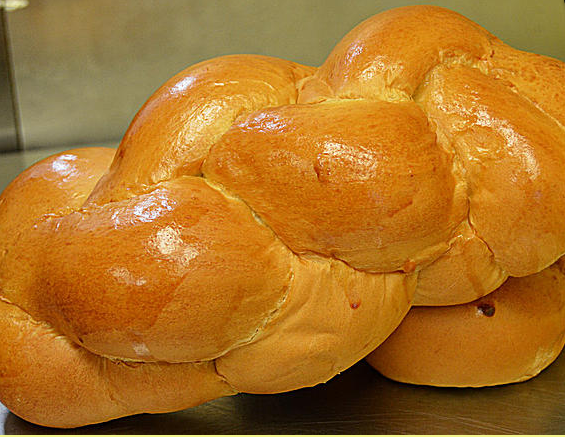What do we know about Jewish Food Facts at Kosher Bread Pro ? We know it’s a hot topic for Kosher Baking.
About Jewish Food Facts
In this article we’re going to cover the basic ritual of funerals in the Jewish faith.
An associate of mine happens to come from Jewish ancestry, though today he lives his life as a Christian. What follows are his observations of Jewish funerals, not so much from a technical aspect, but from a personal perspective.
The Jewish people, unlike those of the Christian faith, have not yet found their savior. They are still waiting for the coming. Because of that, death to them is very final. There is no salvation for them yet, only the hope that someday there will be. Because of this, a Jewish funeral and the time after is a very sad time.
After a person of the Jewish faith dies, the very first and most important thing is a quick burial. Jewish funerals must be within three days after the person dies. The funeral service itself is conducted in a temple. Depending on whether the person is orthodox, conservative or reformed, the service may be either in Hebrew or English. Most orthodox Jews have their service performed in Hebrew. Most reformed, in English.
The service itself is very solemn. The men wear what is called a yarmulke or skull cap. The women must also have their heads covered with some type of hat. Most of the women and men dress in black. The men in black suits and the women in black dresses.
After the service at the temple the casket is then transported to the cemetery. In the very orthodox Jewish religion it is customary for the closest relative to the deceased to walk along side the funeral car for the last mile of the trip to the cemetery.
Once at the cemetery the service begins. It is usually done mostly in Hebrew until it comes time to speak personally about the deceased; his accomplishments, his family, etc. At the end of the service the Rabbi leads the mourners in what is called the mourners kaddish. This is also done in Hebrew. It is actually one of the few pieces of Jewish ritual that most Jews, orthodox, reformed, or conservative, know by heart. It is probably one of the most famous of all Jewish writings.
After the mourners kaddish, each person at the grave side takes a shovel, digs up a little bit of dirt and tosses the dirt onto the coffin just before it is completely lowered into the grave. This significance of this ritual is that the mourners are assisting in the burial as a final act of service to the deceased.
After the service is over the mourners head to the home of the deceased family. There begins a seven day period of mourning where all the mirrors are covered, they sit on hard seats and people bring them food. The reason for the covered mirrors is so the mourners can’t see their sadness. The hard seats are to remind them of their suffering. The food brought in is to show the mourners that they are in others thoughts. No food is allowed to be brought out of a house in mourning once it is brought in.
Death in the Jewish faith is a sad thing, and the ceremony from beginning to end serves as a reminder of just how sad death is to the Jewish people.
——————————————————-
Michael Russell
Your Independent guide to Funerals
——————————————————-
Source: www.a1articles.com

